Rising Demand for Gold Investment
The gold mining market in Europe is currently experiencing a notable increase in demand for gold as an investment asset. Investors are increasingly turning to gold as a hedge against inflation and economic uncertainty. In 2025, the demand for gold in Europe is projected to rise by approximately 10%, driven by both retail and institutional investors. This trend is further supported by the perception of gold as a safe haven during turbulent economic times. The gold mining market is thus likely to benefit from this heightened interest, as higher demand can lead to increased production and exploration activities. Furthermore, the growing popularity of gold-backed financial products, such as ETFs, is expected to contribute to the overall growth of the gold mining market in Europe.
Geopolitical Factors and Market Stability
Geopolitical factors are increasingly shaping the dynamics of the gold mining market in Europe. Political stability, trade relations, and international policies can significantly impact gold prices and mining operations. In 2025, ongoing tensions in certain regions may lead to fluctuations in gold prices, as investors seek refuge in gold during uncertain times. Additionally, changes in trade agreements and tariffs can affect the cost of imported mining equipment and materials, influencing operational costs for mining companies. As such, the gold mining market in Europe must remain vigilant and adaptable to these geopolitical developments, which could present both challenges and opportunities for growth.
Environmental Regulations and Compliance Costs
The gold mining market in Europe is increasingly influenced by stringent environmental regulations aimed at minimizing ecological impact. Compliance with these regulations often entails significant costs for mining companies, which can affect profitability. In 2025, it is anticipated that the costs associated with environmental compliance could rise by 20%, as governments enforce stricter standards for waste management and emissions. This regulatory landscape compels companies to invest in sustainable practices and technologies, which, while initially costly, may lead to long-term benefits. The gold mining market in Europe must navigate these challenges while striving to maintain operational efficiency and profitability amidst evolving regulatory demands.
Technological Advancements in Mining Processes
Technological advancements are playing a crucial role in enhancing the efficiency and productivity of the gold mining market in Europe. Innovations such as automated mining equipment, advanced geological mapping, and data analytics are streamlining operations and reducing costs. For instance, the adoption of AI and machine learning in exploration can potentially increase the success rate of finding viable gold deposits. In 2025, it is estimated that the implementation of these technologies could improve extraction rates by up to 15%, thereby positively impacting the overall output of the gold mining market. As companies invest in modernizing their operations, the competitive landscape of the gold mining market in Europe is likely to evolve, favoring those who embrace these technological changes.
Investment in Exploration and Development Projects
Investment in exploration and development projects is a critical driver for the gold mining market in Europe. As existing mines reach maturity, the need for new discoveries becomes paramount. In 2025, it is projected that exploration budgets for gold mining companies in Europe will increase by 15%, reflecting a renewed focus on identifying untapped resources. This influx of investment is likely to stimulate innovation and competition within the market, as companies seek to secure their future production capabilities. Furthermore, successful exploration efforts can lead to the establishment of new mining operations, thereby contributing to job creation and economic growth within the region. The gold mining market in Europe stands to gain significantly from these strategic investments.



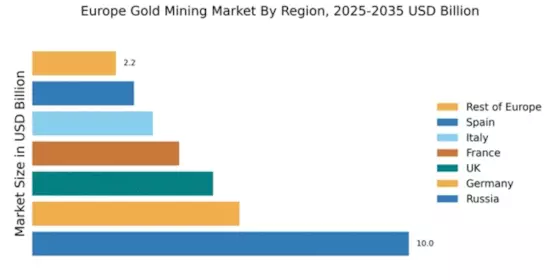
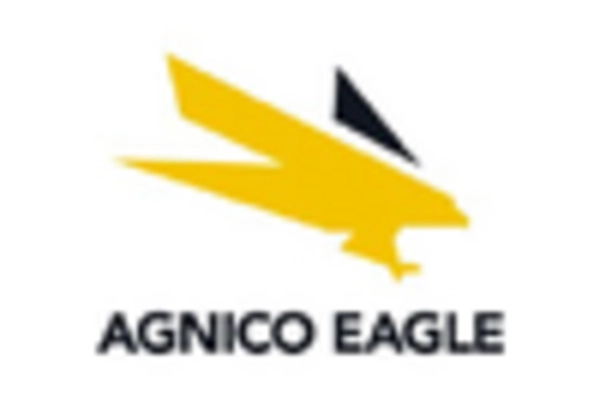

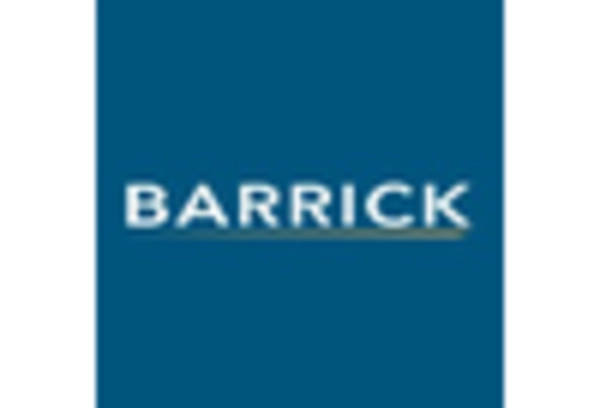
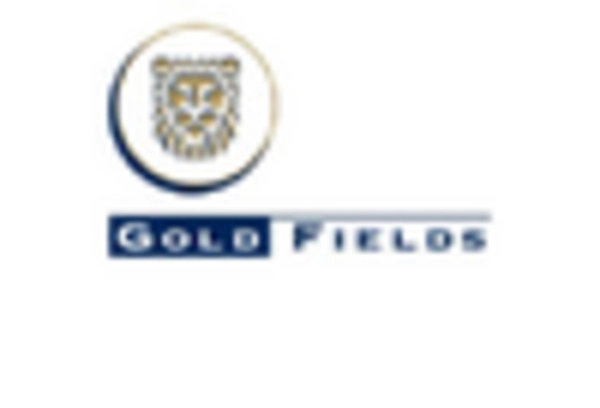
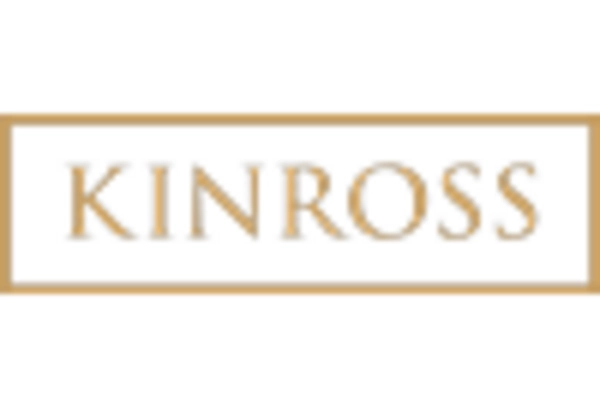
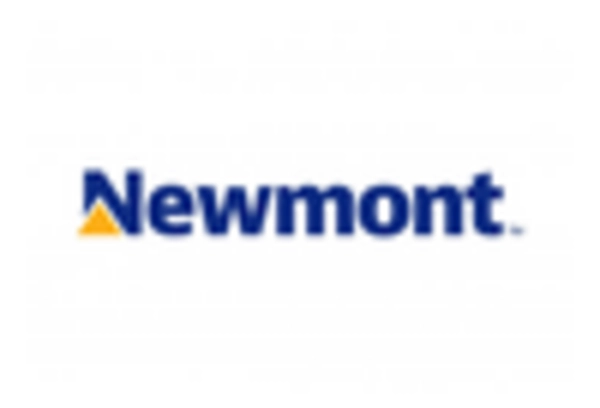








Leave a Comment